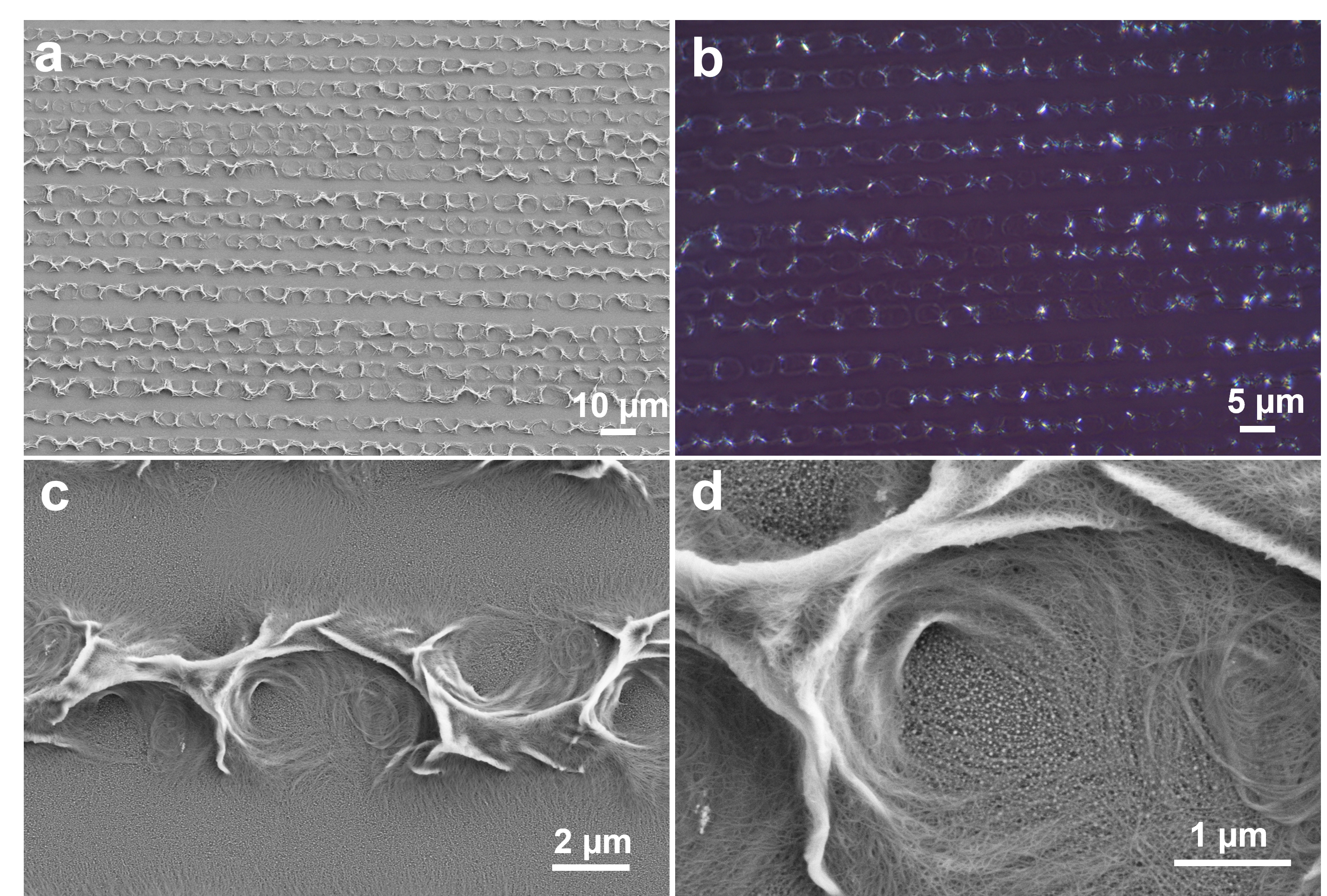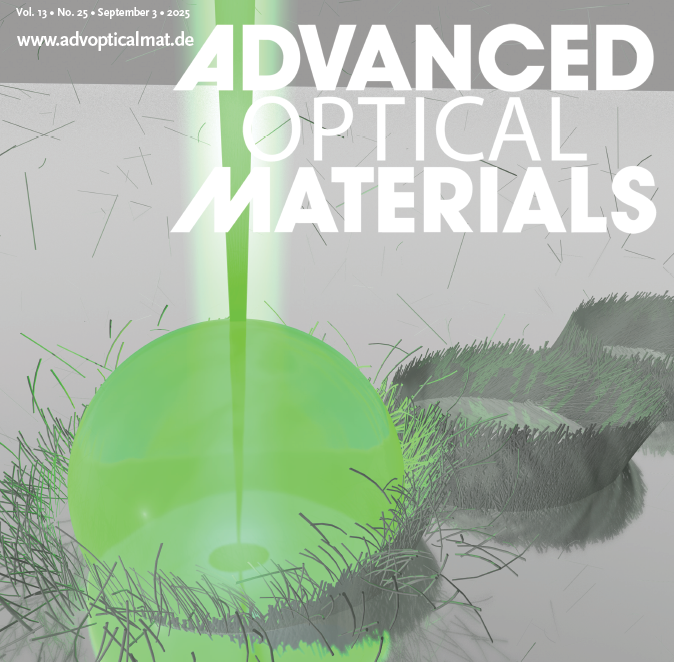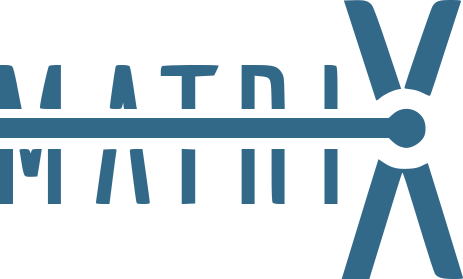A collaborative work reports the first effort for printing of 1D nanomaterials onto surfaces using bubble printing, as well as the transfer of the unique optical properties of liquid crystals from colloidal dispersion to solid surfaces.
The hierarchical assembly of colloidal particles on solid substrates is essential for the fabrication of functional devices for electronics and photonics. Among various printing techniques developed in recent years, printing colloidal particles using laser-driven microbubbles (or bubble printing) represents a powerful approach for the rapid fabrication of assemblies with limited sample requirements and high spatial accuracy. However, controlling the structure of the printed pattern remains a challenge for anisotropic particles whose orientation can have a significant impact on the collective properties of the assembled structures.
Imogolite nanotubes with different aspect ratios, which also exhibit liquid crystal properties in suspension, were chosen as models for 1D colloids. In the absence of laser motion, toroidal patterns were formed, their size and shape being strongly influenced by the electrostatic repulsion between the nanotubes. The linear patterns printed under the effect of the stage movement vary considerably depending on the speed of movement and colloidal stability. The longest nanotubes, in particular, showed the formation of long bundles of filaments wrapping the microbubble in a radial orientation (Figure). Conversely, insufficient electrostatic repulsion between the nanotubes leads to a poorly defined deposit. It is interesting to note that crystal-liquid dispersions confer optical birefringence on the printed patterns (Figure).

Figure. Patterns obtained by bubble printing from a suspension of imogolite nanotubes (volume fraction = 0.3%). (a,c,d) Observations by scanning electron microscopy and by (b) polarized optical microscopy.
This collaborative work with the group of Dr. Eric H. Hill (Dept. of Chemistry, University of Hamburg, now at BCMaterials, Ikerbasque, Spain), reveals the potential of bubble printing to preserve the light polarization properties of liquid crystals, opening up potential applications in the field of detection or optical devices. This work has been the inside page cover of Advanced Optical Materials.

Reference
Bubble Printing of Anisotropic Clay Nanotubes
Claire Hotton, Erwan Paineau, Eric H. Hill
Advanced Optical Materials, 2025, 13, 2500373
DOI: 10.1002/adom.202500373
HAL: hal.science/hal-05238499
Contact
Erwan Paineau
